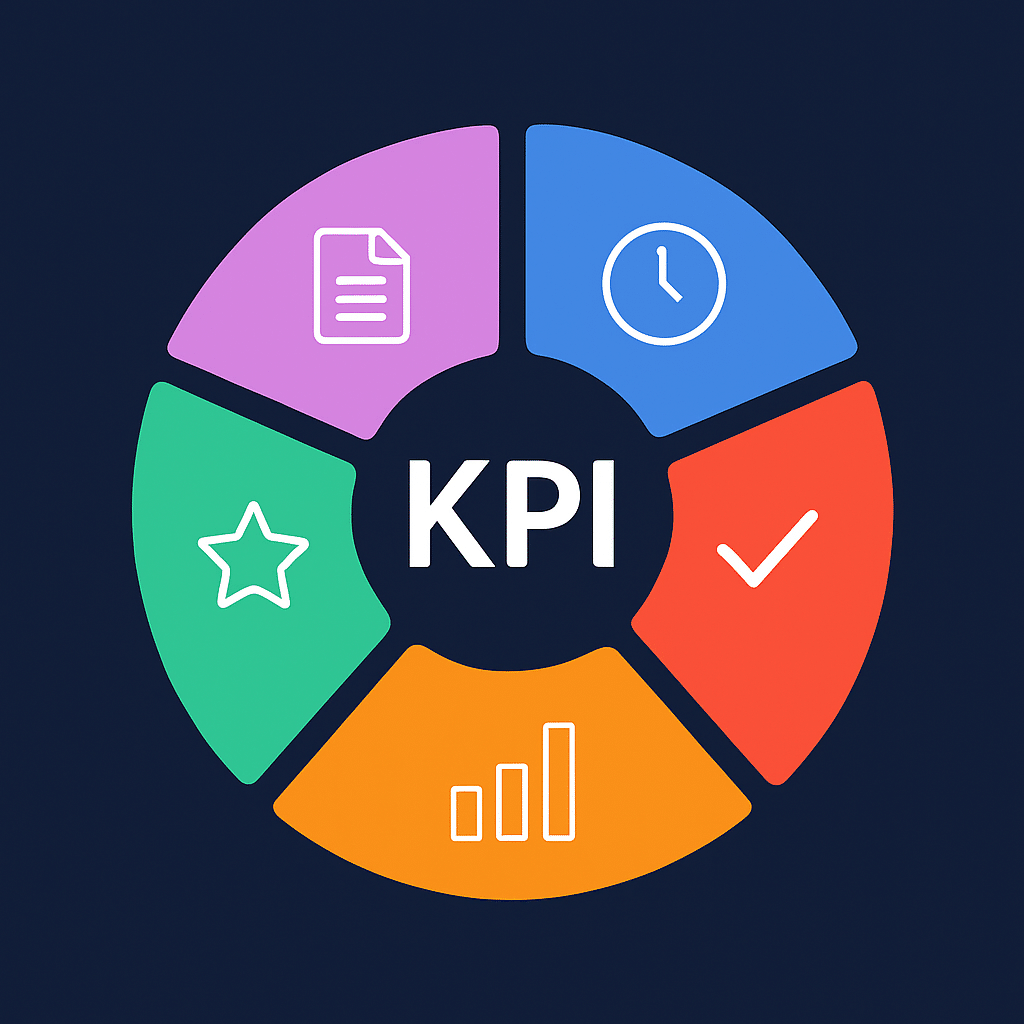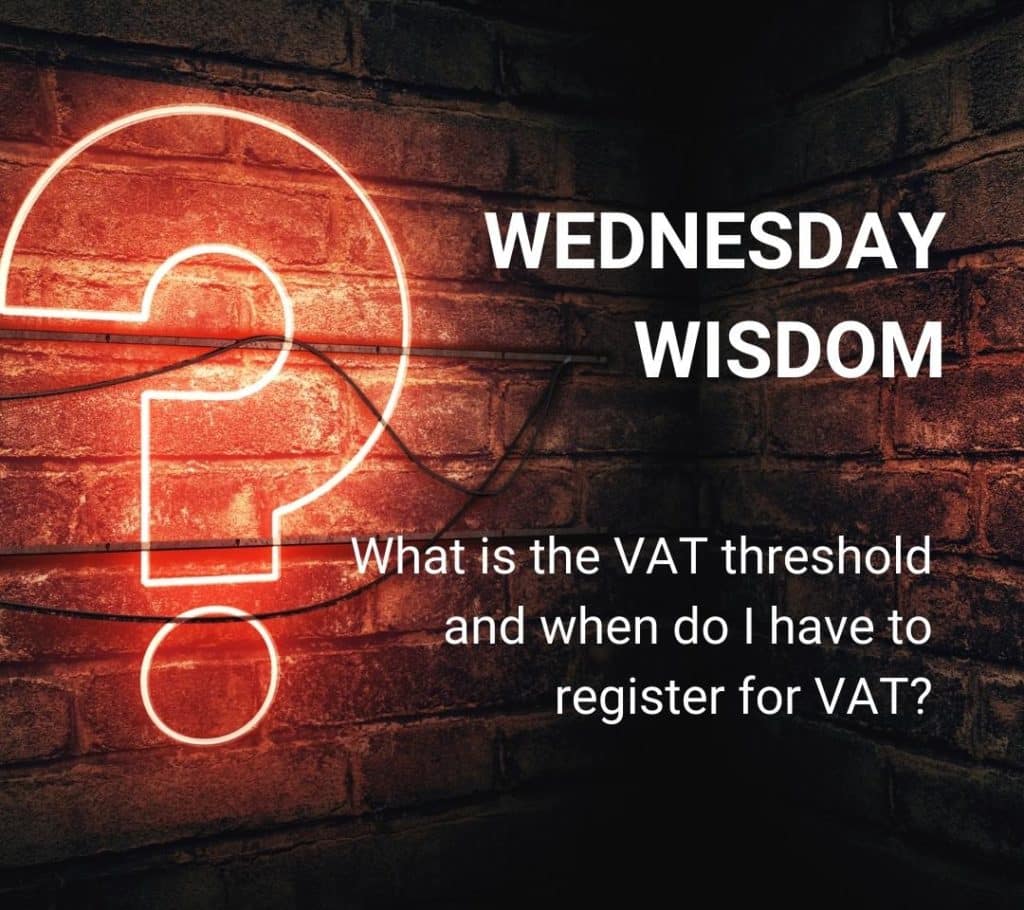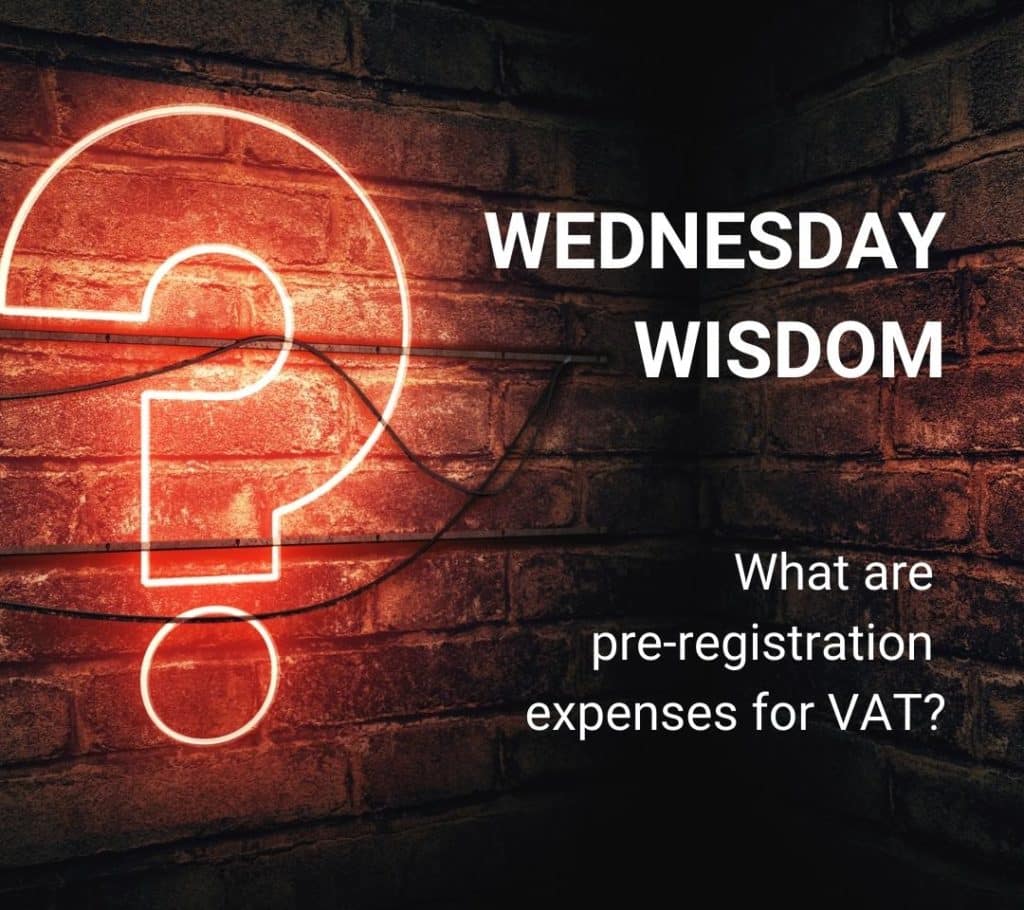KPIs, or Key Performance Indicators, are clear measurements that show how a business is doing.
They help you track progress in different areas:
- sales
- costs
- customer satisfaction
But what are the best KPIs for small business success in the UK?
Well, they can be really useful! They are just simple numbers and help keep your business on course.
Rising costs, international tariffs, digital system, every little change in trade means business owners need to stay focused. The best KPIs for small business help you see what’s really working and what isn’t – without guesswork.
Creative Takeaways
- What are KPIs – Simple, trackable business metrics.
- KPI selection – Match to business goals.
- Track with tools – QuickBooks, Xero, Sheets.
Table of contents
- 1. Net profit
- 2. Net profit margin
- 3. Gross profit margin
- 4. Days Sales Outstanding (DSO)
- 5. Quick ratio
- 6. Customer acquisition cost (CAC)
- 7. Customer lifetime value (CLV)
- 8. Customer satisfaction score (CSAT)
- 9. Net promoter score (NPS)
- 10. Revenue growth rate
- 11. Inventory turnover
- 12. Employee turnover rate
- 13. Average order value (AOV)
- 14. Conversion rate
- 15. Website traffic
- How to choose the best KPIs for small business
- How to track key performance indicators (and when small businesses need help)
1. Net profit
Net profit is what’s left after you’ve paid all costs like rent, wages, tax, and supplies.
It is showing if your business is making money or losing it. It’s simple:
➕ a positive number means you’re profitable
➖ a negative number means you’re spending more than you earn
This figure is really that simple but it gives you a clear view of overall health. It’s the bottom line on your P&L report.
2. Net profit margin
Net profit margin shows how much profit you keep from each pound of income.
It’s worked out as a percentage:
Total Revenue/Net Profit = Net Profit Margin
If your margin is 20%, you keep 20p from every pound.
A low margin could mean your costs are too high, or your prices are too low. This KPI is useful for comparing months or years. It’s also really good when you’re analysing competitors in the same field.
3. Gross profit margin
Gross profit margin tells you how much money you make after covering the cost of what you sell, like stock or raw materials.
Total Revenue/Total Revenue−Cost of Goods Sold (COGS) = Gross Profit Margin
Keep in mind that it doesn’t include rent, wages, or marketing.
If your margin is shrinking, your supplier costs might be rising or your prices might be too low. Track your gross profit margin to protect your profit before other unexpected business costs kick in.
4. Days Sales Outstanding (DSO)
DSO tells you how quickly your customers are paying their invoices.
t’s one of the most useful cash flow-related KPIs for small businesses, especially in the UK where late payments are a common challenge.
You calculate it like this:
(Accounts Receivable ÷ Total Credit Sales) × Number of Days = DSO
So, if you’re owed £10,000, made £30,000 in credit sales last month, and you’re tracking over 30 days:
(10,000 ÷ 30,000) × 30 = 10 days
A lower DSO means you’re getting paid faster – brilliant for your cash flow! A higher number means cash is tied up longer, which can cause issues with paying staff or suppliers.
DSO shines a spotlight on payment habits. If you notice it rising, it might be time to tighten payment terms, chase invoices more often, or offer incentives for early settlement.
5. Quick ratio
The quick ratio checks if you have enough liquid assets (cash or receivables) to pay short-term debts.
Quick ratio doesn’t include stock, which can take time to sell.
A ratio above 1 usually means you can cover what you owe. A lower number means you may need to boost your cash or get rid of some unnecessary expenses. A quick ratio is a simple test of your short-term financial strength.
6. Customer acquisition cost (CAC)
CAC tells you how much it costs to win a new customer.
Number of New Customers/Total Marketing and Sales Spend = CAC
If your CAC is too high, you may be spending more to attract people than they’re worth to your business.
This KPI helps you check if your marketing is cost-effective. Lowering CAC without losing quality leads is a good sign that your approach is working.
7. Customer lifetime value (CLV)
CLV shows how much revenue a customer brings in over their full time with your business.
If someone returns often or spends more each time, their CLV is higher. It’s useful for setting a marketing budget.
If your average CLV is £500, and you’re spending £100 to bring in a customer, the maths can work.
Average Purchase Value × Purchase Frequency × Customer Lifespan = CLV
CLV-tracking improves long-term income.
8. Customer satisfaction score (CSAT)
CSAT measures how happy customers are with your service or product.
Have you ever read a quick question like: “How satisfied were you?” – That’s exactly what CSAT is about.
Most of the time it’s followed by a score out of 5 or 10. Customer satisfaction score is easy to collect, and it’s much more important than just a number!
A low score means problem with your delivery, support, quality of work. A high score means you’re on track.
CSAT helps you keep service standards high without needing deep research.
9. Net promoter score (NPS)
NPS measures how likely customers are to recommend your business.
You ask them to rate that likelihood on a scale from 0 to 10.
Scores of 9 or 10 are strong promoters, lower scores show weaker or unhappy customers. It’s not the same as CSAT, as it’s directly about promoting your services. The simple equation to use get this KPI is:
%Promoters− %Detractors = NPS
You could call customers promoters if they score you 8 to 10, and detractors who score you 0 to 4.
10. Revenue growth rate
Revenue growth rate shows how much your income is increasing over time.
You compare this month or year with a past one to get a percentage.
A steady upward trend means your business is growing. If growth slows or drops, it’s worth checking why.
11. Inventory turnover
Inventory turnover tells you how often you sell and replace your stock.
You calculate it by dividing the cost of goods sold by your average inventory value.
Average Inventory/Cost of Goods Sold (COGS) = Inventory Turnover
A higher number means you’re selling stock quickly. A lower number shows that items are sitting unsold: probably taking up space and tying up cash.
This KPIs is mostly used for shops, wholesaler, or basically anyone who holds physical stock.
12. Employee turnover rate
This KPI shows how often staff leave your business. (If you’re on LinkedIn, the platform can give you quick insights for this.)
You work it out by dividing the number of leavers by the average number of employees, then multiply by 100 to get a percentage.
(Average Number of Employees/Number of Leavers)×100 = Employee Turnover Rate (%)
A high rate can point to problems like poor morale, lack of training, or pay issues. A low rate means people are staying and are more likely to work well.
13. Average order value (AOV)
AOV is the average amount each customer spends in one transaction.
You find it by dividing total revenue by the number of orders.
Number of Orders/Total Revenue = AOV
Simple as that.
By counting the average order value, you can see if your upselling or your pricing ins working. If you raise your AOV, even by a small amount, it can make a big difference over time.
It’s one of the best KPIs for small businesses in the UK – no matter if you’re working online or offline.
14. Conversion rate
Conversion rate measures how many visitors or leads turn into actual customers.
You work it out by dividing the number of sales by the number of visitors, then multiply by 100.
(Number of Visitors/Number of Sales) × 100 = Conversion Rate (%)
A low rate may mean your offer, pricing, or messaging needs work. A higher rate shows you’re turning interest into action.
This key performance indicator is of great use for websites, ads, email campaigns.
15. Website traffic
Staying with websites – website traffic!
The traffic shows how many people are visiting your site. Depending on what kind of tools you use, you can break it down into different channels:
- search engine
- social media
- direct traffic
- referrals
A growing traffic count means your visibility is improving. If visits drop, it may be time to check your ads or SEO.
How to choose the best KPIs for small business
Pick KPIs that match your goals.
If you want to grow, focus on revenue and customer metrics. If you care more about saving time or money, look at efficiency or cost-based KPIs. If you rely on return customers, choose ones that track loyalty and value over time.
Avoid metrics that look good but don’t help you act. High website visits or social followers mean little if they don’t lead to sales. Stick to numbers that show progress or point to issues.
Start small. Choose 3-5 KPIs that are easy to track. You can always add more later.
Think about how your business works.
A shop can focus on stock and sales per employee. A service business cares more about time spent per job or how often clients return. An online store will likely look at traffic, conversions, and average order value.
It’s not rocket science: if a number never leads to action, it’s probably not worth your time; the best KPIs are the ones that help you make better choices!
How to track key performance indicators (and when small businesses need help)
Once you’ve picked your KPIs, the next step is tracking them.
This doesn’t need to be complex.
First things first: decide how and how often you’ll check each number. Some work well weekly, some monthly. And some (e.g. customer lifetime value) makes more sense to check quarterly.
Have a schedule. Stick with it.
Where possible, set up reports to run automatically. This saves time and keeps your data consistent.
And then there are times when getting outside help is a smart move…
An accountant can help during fast growth, when you’re building new systems, or if you’re looking for funding. They can set up your KPIs in the right way and show you how to read them.
If you’re not sure where to start, or if the numbers don’t make sense, reach out. At WallsMan Creative, we can help you build (or at least, give advice for the right KPI) setup for your business so you’re tracking what really matters.
Get in touch today and we’ll make sure your data works for you.




